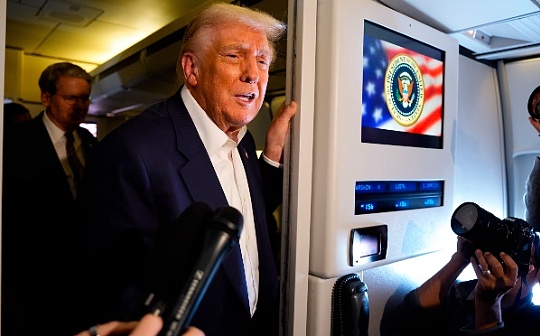
Author: Sending Labs Joeyz Yu, Blockworks; Compiled by: Deng Tong, Bitchain Vision
Recently, I shared a photo of our family celebrating the New Year with my mom via WhatsApp.The next day, I asked her if she saw it.”I haven’t received any text messages from you,” she replied.It took a while to remind her that it was on WhatsApp, not on her standard messaging app.After browsing her phone, she found this photo and like all moms, she was happy to have a glimpse of my life.
This frequent interaction with my older relatives made me think more deeplyThe orphaned nature of a Web2 application.As my mind wanders between the pros and cons of WeChat and WhatsApp, I start to worry – are we copying the error of building blockchain in Web2?
In 2022, the EU Digital Markets Act (DMA) proposed interoperability by the world’s six largest tech companies, but two years later, the Web2 messaging platform remains a walled garden, preventing users from sending or receiving messages from other applications.
When we look at the Web3 ecosystem, we find that the same mistake is happening.
Since blockchains are isolated from each other, communication between chains does not exist or can only be carried out through complex bridges.
More importantly, the rise of chain tribalism further splits this space, creating rifts, splitting the crypto community, and some hardcore fans refuse to approach other chains out of loyalty to their chosen chains.
While interoperability is a problem in both worlds, from an economic perspective, Web3’s financialization is even more problematic, as many blockchains also have their own native tokens that hinder seamless value between different chainsexchange.
To address the interoperability issues we have caused in Web2, we need infrastructure that is not related to chains and wallets.
The fragmented nature of Web3 communication
Web 3 adopts a centralized messaging platform by default, which makes platform migration a daily reality for many people.For example, an NFT market like OpenSea drives nearly 20,000 NFT transactions a day, but lacks internal messaging capabilities.This forces users to communicate using separate platforms, often resulting in misleading funds.
The constant jump not only makes us vulnerable to data and privacy breaches, but also limits the community’s ability to integrate messaging with dapps, smart contracts and other blockchain features.
The lack of interoperability brings us all fragmented user experiences and digital identities that are everywhere and difficult to track.
This raises a question,Why can we send emails and things like that from multiple service providers, but we still can’t send messages between Web3 applications?
While there are dedicated bridges connecting different blockchains, these bridges require constant maintenance and maintenance and may still fail, leaving users in an ecosystem that cannot connect their assets.
If we are building interoperability, we don’t need bridges.What we need is an ecosystem where data and value can flow freely between all platforms and chains.
Looking forward to a unified future
Addressing interoperability requires more than just technical solutions; it requires a shift from chain loyalty to collaborative development.I envision a network distributing data on global nodes, returning control to users, and enabling easy application interoperability—even for beginners.
Projects such as Polkadot and Cosmos have made great strides in addressing interoperability, but the next step involves ensuring that real-world applications, such as human-readable Ethereum addresses for ENS, are universally compatible.
DeFi is already at the forefront of cross-chain innovation, projects such as crypto router Squid allow any token exchange between blockchains, while decentralized social network Farcaster enables users to combine their wallets with social profiles.
What these two projects have in common is that they provide value not only to users but also to builders.It’s time for us to see the same type of innovation in the field of Web3 messaging.
Ultimately, communication platforms should not only support messaging, but also seamlessly integrate with NFTs and digital assets to cultivate a digital economy that combines communications and commerce.
Addressing the interoperability challenges of Web3 requires a multifaceted approach, experimentation and community-wide collaboration.While there are no quick solutions, collective efforts can eliminate these digital barriers and pave the way for a more connected and collaborative Web3 ecosystem.








